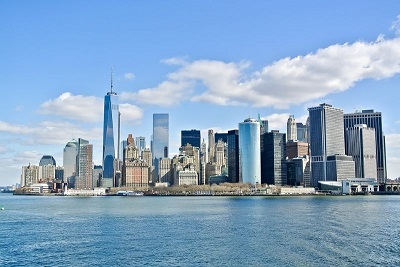 Friday, April 26, 2024
Friday, April 26, 2024  Friday, April 26, 2024
Friday, April 26, 2024 

When a building collapses killing hundreds – or thousands – of people, there are many reasons for pause.
The loss of so much life is undoubtedly a catastrophe. Beyond that, a big building collapse raises many important engineering questions.
The collapse in 1995 of the Alfred P. Murrah Federal Building in Oklahoma City and, in 2001, of the World Trade Center towers were met with vows that nothing like those disasters would be allowed to ever happen again. For many structural engineers, the pledges meant not only ascertaining exactly what happened but also doing extensive research on how to improve buildings’ ability to withstand terrorist attacks.
The attack on the Murrah building taught us that a building could undergo what is called “progressive collapse,” even if only a few its columns were damaged. The building was nine stories tall and made of reinforced concrete. The explosion that brought it down, which started in a cargo truck in front of the building, weakened important parts of the building without leveling it.
Only a few columns failed because of the explosion, but as they collapsed, the undamaged columns were left holding up the building on their own. Not all of them were able to handle the additional load; about half of the building collapsed. Although a large part of the building remained standing, 268 people died in the places directly affected by the bomb, as well as in places that could no longer support themselves.
A similar phenomenon was seen in the collapse of the World Trade Center towers on Sept. 11, 2001, in which nearly 3,000 people were killed. When the buildings’ steel columns were exposed to the high temperatures created by burning airplane fuel, they became weak, causing much of the structures’ weight to be shifted onto other supports.
Until those attacks, most buildings had been built with defenses against total collapse. But the phenomenon known as progressive collapse was poorly understood, and rarely seen. Since 2001, we now understand the threat posed by progressive collapse. And we’ve identified two big ways to lessen both its likelihood of happening and the severity of the results if it does. We do this by improving structural design to better resist explosions and strengthening construction materials themselves.
Keep reading this blog on DailyRepoter.com
Watch our video and learn more about the benefits of joining Construction Links Network – the peer-to-peer network sharing platform for the construction, building and design community.
Press Releases | Project Updates | New Appointments | Awards & Milestones | Company News | New Products/Services | Brochures | Videos | Infographics | Blog Sharing | Events and More